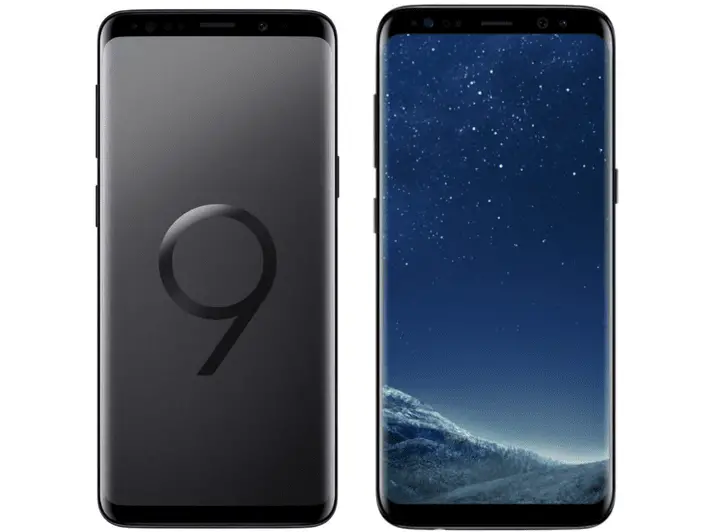Stalling Sales for Latest Flagship Phones
Ten years ago, Apple unveiled their first smartphone. A revolutionary product that redifined the Smartphone industry. The iPhone was a first of it’s kind. Presenting a fully touchscreen ineterface. Consequently, other Smartphone companies caught up. Telecomms and IT were growing really fast. Fingerprint sensors, 3G network support, an App Store, Virtual Assistants, and selfie cameras were just making a debut. Thus they formed the main attractions of smartphones in those times.
GOLDEN YEARS OF INNOVATION
In 2012, upgrading from your iPhone 4s was a no-brainer. Because of the exciting new design of the iPhone 5. Just a year later, getting a 5s was even more sensible with the coming of a fingerprint sensor and 64-bit processing. Likewise with Samsung. The S5 presented one of the first fingerprint sensors and a waterproof phone! Then, every single yearly release presented various massive innovations.
However, Fast forward a few years. High Resolution OLED screens are everywhere. Virtual Assistants are much more capable. Network bands up to Gigabit LTE is supported. Cameras are Top-Notch. On-screen Fingerprints and Face unlocking and encryption provide further security for our information. Flagship phones today come equipped with alot, if not all of these features.
MUCH LESS TO IMPROVE IN 2018
Take Samsung for instance. The S8 was such a good phone; quality and features-wise. Samsung went all out for it. The problem is making such a good phone and setting the bar so high could backfire. So when the S9 launched, Samsung unusually had only the refreshed camera to boast of.
The Galaxy S9 is here and the criticism you will hear is Samsung hasn’t changed anything. But don’t believe it. The reality is Samsung made a number of intelligent alterations and upgrades that are worthy of your consideration. Whether they are enough, is the bigger question.
Gordon Kelly for Forbes
Along with the S9, tiny changes were made in areas where users may not necessarily notice. Changes like:
- Slimming the notch
- Dolby Atmos certification for the speakers
- Placing the fingerprint sensor in a more comfortable region.
- Better biometrics and AR emojis.
- Slight Performance and battery bump
While these are amazing features, they do not necessarily change the way the phone operates or even present any real sense of change to the user. Meanwhile, the base experience and the main features from the previous year stays the same.

MORE SIMILARITIES THAN DIFFERENCES
To illustrate, here are the similarities between the S9 and S8 from a year back:
- Design and Build
- Stereo Sound
- 4GB RAM
- Screen size and Resolution
- 4K Video capturing
- Blueetooth 5.0
- Fast Charging and Wireless Charging
- IP68 water resistance
So why not go for the better valued S8 one would think. Since it is clear now how little can be changed in a Smartphone anymore. Also this applies to all the major manufacturers. Similar to the iPhone X and XS.
For this reason, companies will soon have a hard time convincing people to get a new phone every year.
And this trend is visible across the board. Apple for instance, recorded really low sales with their 2018 phones. Alongside rumors that it could be looking to drop prices for the XR. Samsung’s sales too have stalled, the S9 currently the worst selling device since the S3.
WHY’S THIS HAPPENING?
We may have gotten to the point whereby all that’s left to make are tiny modifications and fine-tuning across hardware and software. The hardware from Smartphones made 2-3 years back can still keep up with today’s frequently updated Software. . Especially companies like Apple who keeps their phone software updated for up to 5 years. Also, new releases mean older products get price cuts. Hence the big question…”Do I need the latest product?”
VERDICT
However, 2019 will hopefully see the launch of great new tech. With foldable phones making headlines and Samsung S10 launch just around the corner, hope still remains. Besides, smartphones still have one hurdle to clear. Where to place the front camera in an all screen display. Someone will get it right soon enough and a new design challenge would spring.
If you got through this you may like yours truly’s thoughts on In-Screen Fingerprint Sensors. Be sure to leave a comment
Comments
-
-
Fingerrighteous
I actually never thought of this. So truly, why get a new phone??
-



George Thaddy
Was thinking of getting s9, but now, I don’t see the need…and yea, can’t wait to see what the S10 would love like